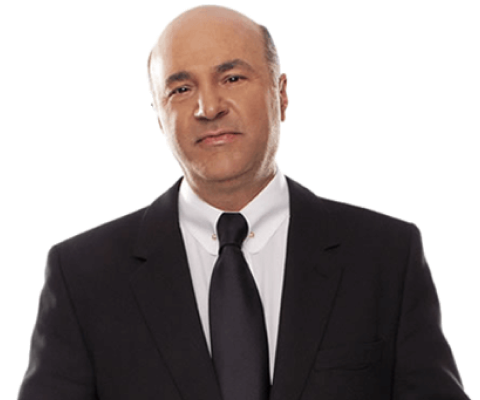Trademark Classes Explained For Mobile Apps
Trademark Classes Explained For Mobile Apps
Alright, so first of all, classes. We have several videos where I explain what trademarking classes or the Nice Classes, Nice Classification classes are. And if you have no idea about classes, you probably want to start with those videos.
But just to give you a very brief summary, when you file your trademark application when you own your trademark, it's not about you owning the actual trademark, the actual word or the actual phrase, or the actual image.
It's about you owning that phrase, word, or image in connection with specific products and services for which you've applied. And those products and services are grouped in categories that are called classes, right?
So when you file your trademark application for your mobile app, you have to make a decision on which classes, and which goods and services you want to cover with it. And in which classes would those goods and services go?
So there are a few strategies that you could use when trademarking your mobile app and depending on really a few things. One, depending on what your app does. Two, depending on how it does it. And three, depending on how you distribute it.
Trademarking a Mobile App: Distribution Method
So, let's start with a distribution model first. So what you do if your app is downloadable, if it's something that people download and install on their devices, you're looking at class 9 because class 9 refers to Goods. It's something tangible. And software, the ones and zeros as a file are tangible. So that would go to class 9.
But, if you use the software as a service model, so there is something downloadable on the front end, but for the whole thing to work, there is something happening on the back end on your server, it's software as a service. Then you're looking at class 42. And that's in terms of delivery.
Trademarking a Mobile App: Services
The other question is what does your app actually do? Because for example if it's an app that teaches you something right? It's an educational app. Then you want to cover Educational Services which would be class 41, or entertainment services also class 41. So if it's a game, you want to protect it as the name of the game, not necessarily just the software component of it, but what the public is getting out of it.
So for example, if your app makes calls. Like calls, or it's a messenger, instant messenger, or something like that. You're going to be looking at class 38 for telecommunications. If what your app does allows you to order food or something like that, you'd be looking at class 43.
If your app helps people register trademarks, you'd be looking at class 45. So again, you don't stop at it being an app as a good or service alone. You’re also looking at things that the app does. And you want to protect those underlying services, those underlying products that the public gets through using your app or in connection with your app.
There is a wide range of possibilities because apps can do so much and their potential is always expanding. So that will be the way you determine where, and in which classes to file your trademark application for a mobile app.
Trademark Classes for Mobile Apps
So the biggest question when trademarking a mobile app is, is it downloadable? If so, it fits in Class 9. Or is it software as a service? That’s Class 42. Or is it both and you’re going to be filing both? That is also an option for many software companies.
And in addition to that, what does the app actually do? Because again, you don't trademark the app, you trademark the name of the app. And your trademark may be the logo for the app.
So when you do that, you want to make sure that nobody else can offer services or products that are the same as your name or the same as your logo as your app. Which is why you go for the classes that also cover those underlying products and services.
You want your trademark to give you as much protection as possible for your product or service in whatever area it is you work in. So you want to consider all the different classes that your app might possibly cover.
Classes 9 and 42 are the most basic trademark classes that most apps will fall under. But there are usually additional classes that you want to file under as well, depending on what your app does.
I hope this makes it clear. If it does, Like this video. If it doesn't, post your comment below and ask your question. And I'll do my best to answer your question either by replying to your comment or maybe creating another video just like this one. And make sure you subscribe if you haven't yet. And get notified whenever the next video goes live.
And if you got an app that you want to protect if you want, you've got an app that you want to trademark, go to trademarkfactory.com and book a call with one of our strategy advisors. They will be happy to talk to you. Hear your story.
Understand why you think trademarks will help you grow your business and go from there. You'll be able to get started and the call is free and we'll take it from there. And until then, I will see you in the next video.












